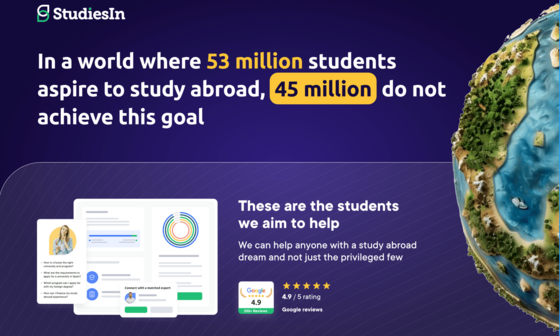
Cookies on Leapfunder
This website or its third party tools use cookies, which are neccessary for its functioning and which allow us to see user behaviour to make it easier to find and use our website.
If you want to learn more or withdraw your consent to all or some of the cookies, please refer to the cookie policy. This spells out our use of functional, analytical and tracking cookies.
Accept all cookies
Startup Directory
Visit the Leapfunder Startup Directory to discover many startups seeking investments.
| Industry | Last update | Stage | Looking for | Country | ||
|---|---|---|---|---|---|---|
 AddyDev SystemsCompany has got many offices in world | Fintech | 03-12-2025 | scaling | |||
 Beazy U.G.Beazy is a community of creatives making con... | Leisure | 23-09-2025 | first_revenue | |||
 Target Mobility GmbHWith our unique vehicle logistic solution, w... | Mobility | 23-09-2025 | scaling | €400,000 |
Successfully Funded
Browse our many successfully funded startups below
No opportunities found
Please redefine your search or take a look at the dashboard for other rounds
Back to rounds








